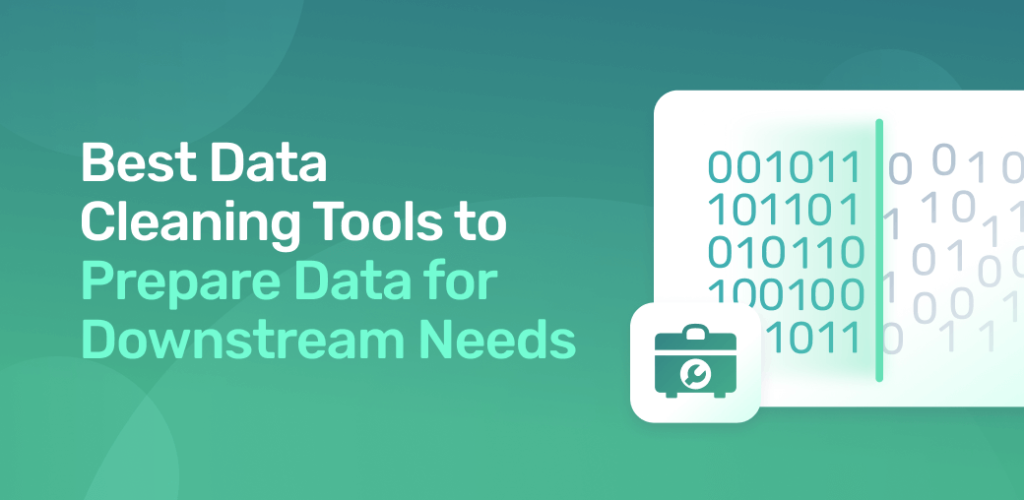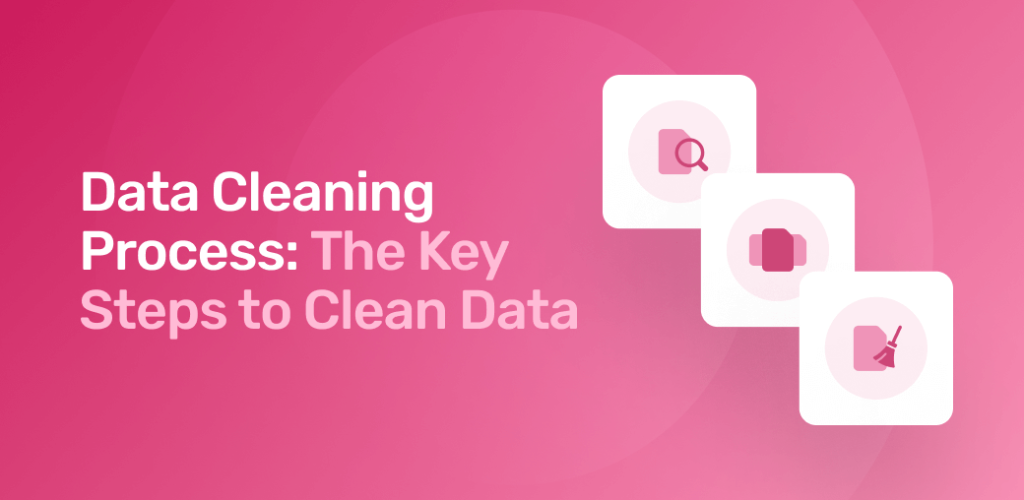Data Cleaning Tools: Streamline Your Cleaning Process

Are you tired of spending hours cleaning and organizing your data? With the increasing amount of data available, it can be a daunting task to clean and prepare it for analysis. Fortunately, there are data cleaning tools available that can streamline the process and save you time and frustration. In this blog post, we will explore some of the best data cleaning tools and how they can help you clean your data efficiently.
What is Data Cleaning?
Before we dive into the tools, let’s first define what data cleaning is. Data cleaning, also known as data cleansing, is the process of identifying and correcting or removing inaccurate, incomplete, or irrelevant data from a dataset. It is a crucial step in the data analysis process, as it ensures the accuracy and reliability of your results.
What are Data Cleaning Tools?
Data cleaning tools are software applications that are designed to automate the process of cleaning data. These tools are designed to identify errors, inconsistencies, and inaccuracies in data sets and provide users with tools to correct them. Data cleaning tools use a variety of algorithms and techniques to identify errors in data sets, including statistical analysis, pattern recognition, and machine learning.
How do Data Cleaning Tools Work?

Data cleaning tools work by analyzing data sets and identifying errors, inconsistencies, and inaccuracies. Once an error is identified, the tool will provide users with tools to correct the error. For example, if a data set contains incorrect data, the tool may provide users with the option to correct the data manually or to use an algorithm to correct the data automatically.
Why are Data Cleaning Tools Important?
Data cleaning tools are essential for any organization that handles data because they help to ensure that data sets are accurate, reliable, and consistent. Data that is not cleaned can lead to incorrect analysis, which can ultimately affect business decisions. Data cleaning tools help to reduce the risk of errors in data sets and ensure that organizations have access to accurate and reliable data.
Types of Data Cleaning Tools

There are many different types of data cleaning tools available, each with its own set of features and capabilities. Some of the most common types of data cleaning tools include:
- Data Profiling Tools: These tools are designed to analyze data sets and provide users with insights into the quality of the data. Data profiling tools can identify errors, inconsistencies, and inaccuracies in data sets and provide users with tools to correct them.
- Data Standardization Tools: These tools are designed to standardize data sets by converting data into a consistent format. Data standardization tools can help to reduce the risk of errors in data sets and ensure that data is consistent across different data sources.
- Data Matching Tools: These tools are designed to match data between different data sets. Data matching tools can help to identify duplicate data and ensure that data is consistent across different data sources.
- Data Enrichment Tools: These tools are designed to add additional data to data sets. Data enrichment tools can help to improve the quality of data sets and provide users with additional insights into the data.
Conclusion
Data cleaning is an essential process for any organization that handles a significant amount of data. Data cleaning tools are designed to make the data cleaning process easier, faster, and more efficient. These tools use a variety of algorithms and techniques to identify errors in data sets and provide users with tools to correct them. By using data cleaning tools, organizations can reduce the risk of errors in data sets and ensure that they have access to accurate and reliable data.